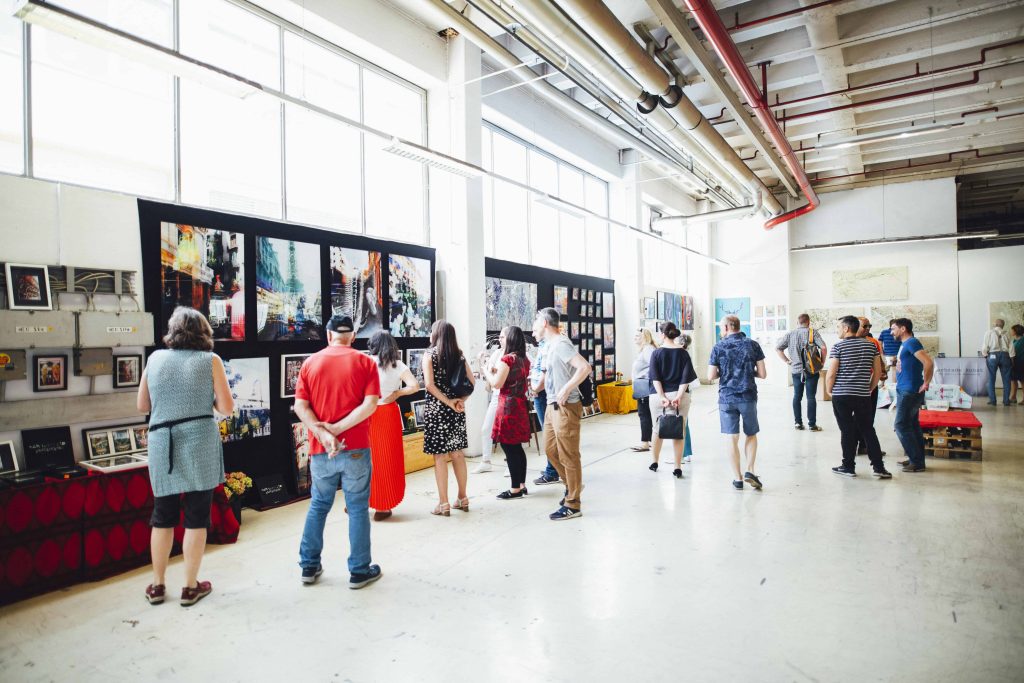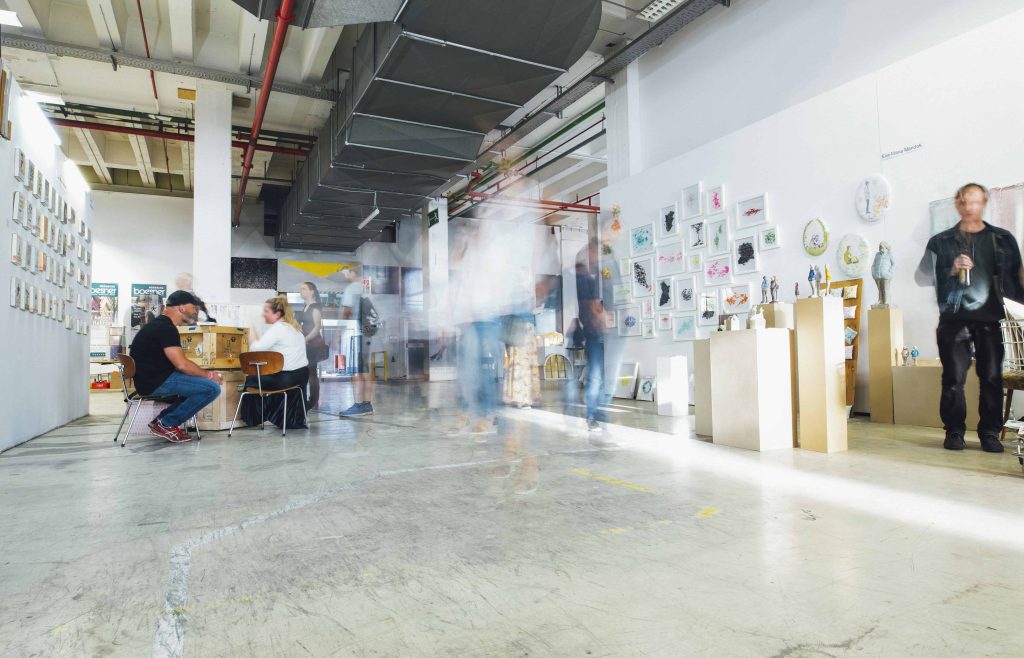
26 Apr Case Studies: Successful Community Art Initiatives
Successful Community Art Initiatives: Key Factors for Success
In today’s vibrant cultural landscape, community art initiatives play a pivotal role in fostering creativity, inclusivity, and social cohesion. These initiatives, driven by the collaborative efforts of residents, artists, and organizations, breathe life into neighborhoods and amplify diverse voices. In this article, we delve into the key factors that contribute to the success of community art initiatives and explore their profound impact on local communities.
Community art initiatives encompass a wide array of creative endeavors that actively involve residents in the artistic process. From mural projects beautifying urban spaces to interactive installations sparking conversations, these initiatives celebrate the unique identity and spirit of each community. At their core, they serve as powerful platforms for self-expression, cultural exchange, and community empowerment.

Key Factors for Success
Community Involvement
Central to the success of any community art initiative is the active participation of residents. When community members are involved in the planning, execution, and enjoyment of artistic endeavors, a sense of ownership and pride emerges. Workshops, open calls, and collaborative brainstorming sessions are effective strategies for fostering this deep level of engagement, ensuring that the art reflects the community’s values and aspirations.
Addressing Community Needs & Identity
Successful initiatives resonate with the unique needs and identity of the community they serve. By exploring local stories, traditions, and challenges, artists can create meaningful connections that resonate with residents on a profound level. Themes such as history, environmental sustainability, and cultural heritage provide fertile ground for artistic exploration, fostering a sense of belonging and collective memory.
Accessibility & Inclusivity
Art should be accessible to all, regardless of background or circumstance. Community art initiatives must actively strive to break down barriers to participation, whether they be physical, financial, or cultural. By offering diverse programming, accommodating different languages, and selecting inclusive locations, organizers can ensure that everyone feels welcome and valued in the creative process.

Challenges & Considerations
While community art initiatives hold tremendous potential, they also face significant challenges. Securing funding, maintaining sustainability, and navigating bureaucratic hurdles are common obstacles that require innovative solutions. By forging partnerships, seeking alternative funding sources, and nurturing grassroots support, communities can overcome these challenges and sustain their artistic endeavors for years to come.

Conclusion
In conclusion, successful community art initiatives are catalysts for positive change, fostering unity, resilience, and pride within neighborhoods. By prioritizing community involvement, addressing local needs, and championing inclusivity, these initiatives become powerful agents of social transformation. As we celebrate their impact, let us continue to support and advocate for the arts as vital cornerstones of vibrant, thriving communities.
Key Takeaways
- Community Involvement: Active participation of residents in planning and execution fosters ownership and pride, ensuring art reflects community values.
- Addressing Community Needs & Identity: Successful initiatives resonate with local stories, traditions, and challenges, fostering belonging and collective memory.
- Accessibility & Inclusivity: Breaking down barriers to participation through diverse programming, language accommodations, and inclusive locations ensures everyone feels valued in the creative process.
- Challenges & Considerations: Overcoming funding, sustainability, and bureaucratic hurdles requires innovative solutions, partnerships, and grassroots support.
- Conclusion: Community art initiatives serve as catalysts for positive change, promoting unity, resilience, and pride, and advocating for continued support for the arts in vibrant communities.
FAQs
Why is community involvement essential for successful art initiatives?
Community involvement ensures that artistic endeavors reflect local values and aspirations, fostering ownership and pride among residents.
How do successful initiatives address community needs and identity?
They explore local stories and traditions, creating meaningful connections that resonate with residents and enrich the community’s cultural fabric.
What steps can art initiatives take to ensure accessibility and inclusivity?
By offering diverse programming, accommodating different languages, and selecting inclusive locations, organizers ensure that everyone feels welcome and valued in the creative process, enriching the artistic community’s diversity and vibrancy.
Uncover the secrets to creating memorable virtual tours that leave a lasting impression on viewers from all corners of the world.

